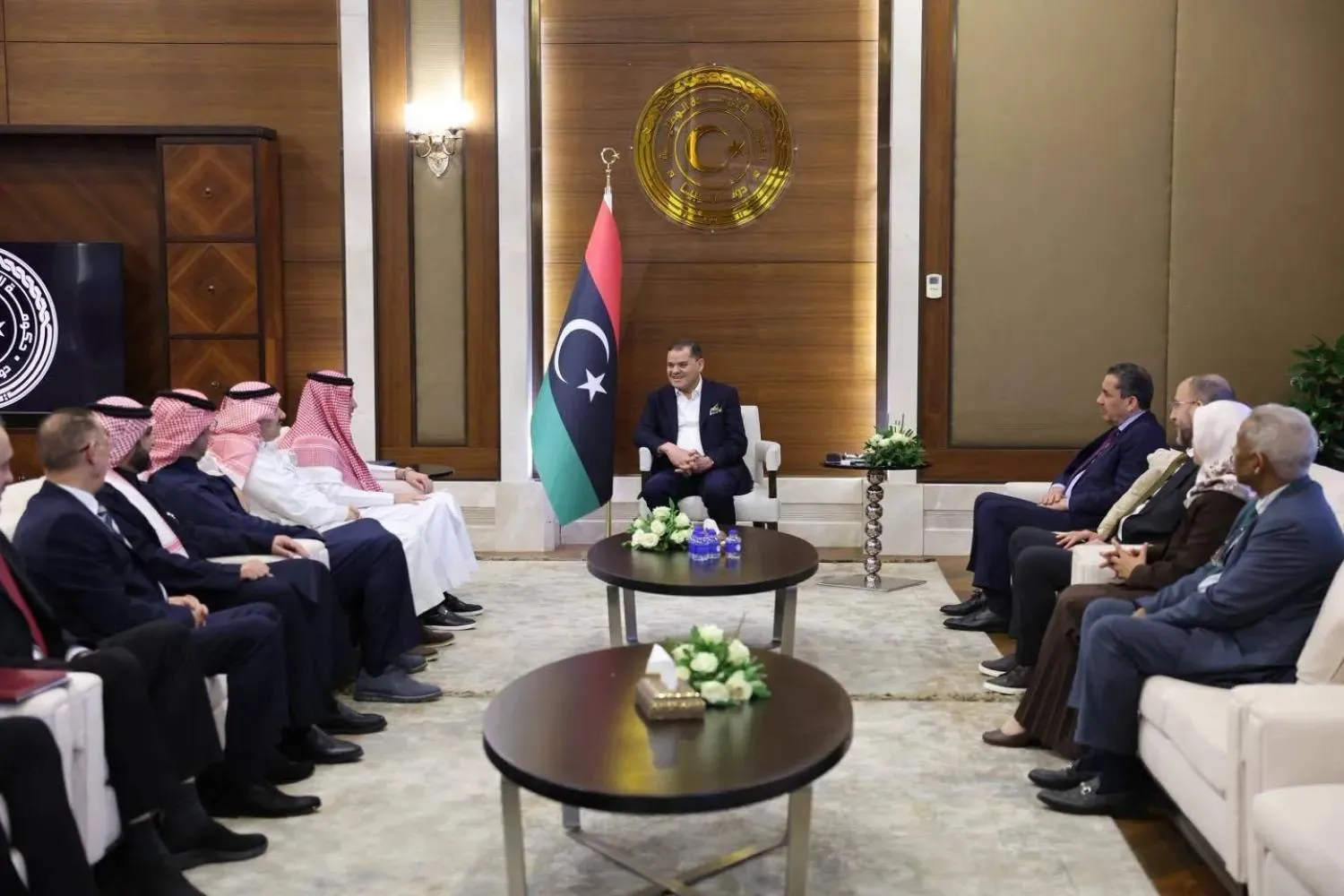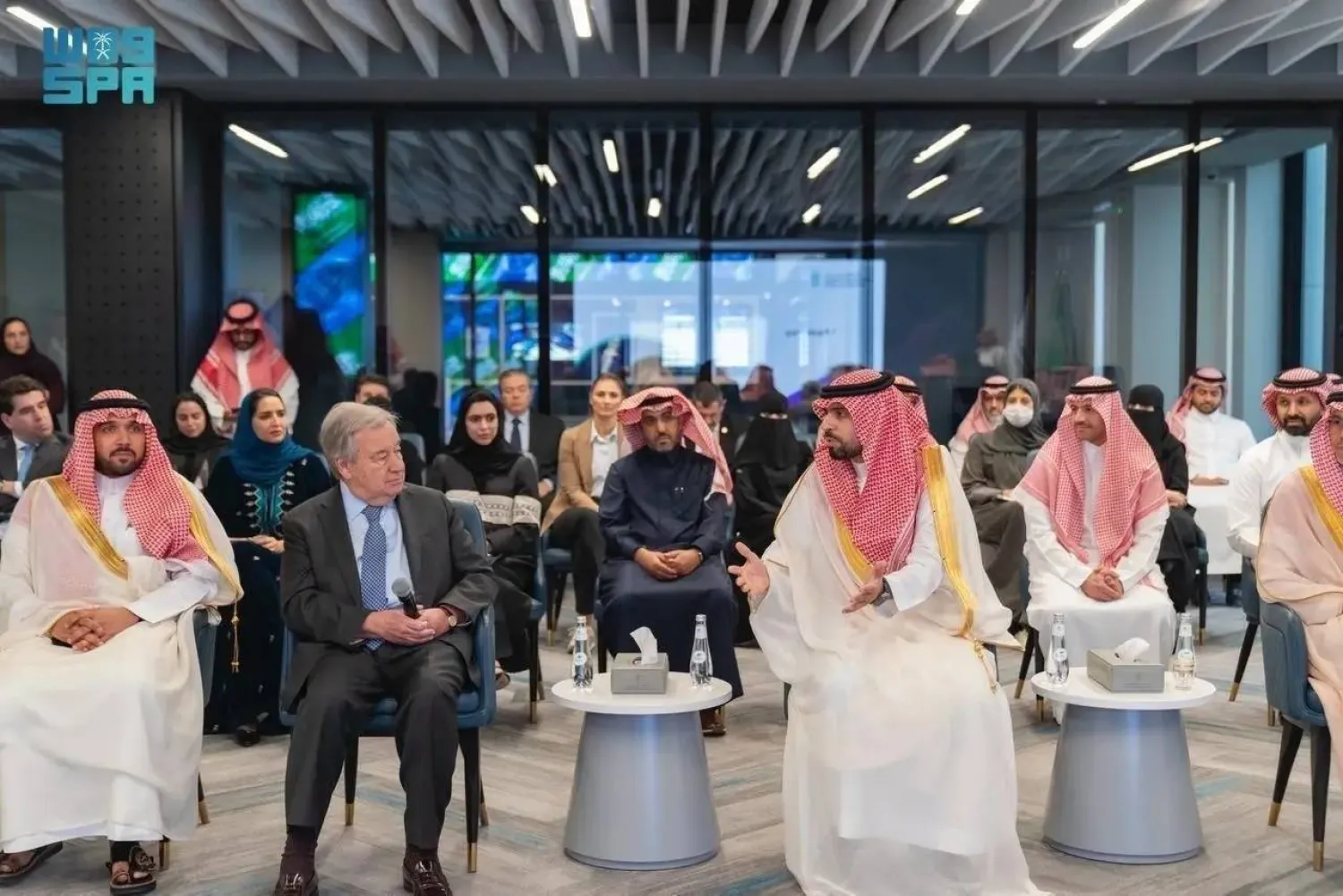Saudi King Salman bin Abdulaziz arrived in Jeddah on Wednesday evening, returning from the Moroccan city of Tangier.
King Salman returned to Jeddah after having enjoyed a private visit in Morocco.
Upon arrival at King Abdulaziz international airport, the monarch was greeted by Prince Khalid Al-Faisal bin Abdulaziz, Advisor to the Custodian of the Two Holy Mosques and Governor of Makkah Region; Prince Mishaal bin Majed bin Abdulaziz, Governor of Jeddah Province; Crown Prince Mohammed bin Salman bin Abdulaziz, Deputy Premier and Minister of Defense; Prince Abdulaziz bin Saud bin Naif bin Abdulaziz, Minister of Interior; and Prince Abdullah bin Bandar bin Abdulaziz, Deputy Governor of Makkah Region, reported the Saudi state news agency.
Ministers and senior civil and military officials were also at the reception.
The monarch was accompanied by Prince Khalid bin Fahd bin Khalid; Prince Talal bin Saud bin Abdulaziz; Prince Fahd bin Abdullah bin Abdulaziz bin Musaed; Prince Turki bin Salman bin Abdulaziz; Prince Naif bin Salman bin Abdulaziz; and senior protocol officials.
The King left Tangier earlier today.
He was seen off at Ibn Batota airport by Moroccan Prime Minister Saad Al-Deen Al-Othmani; Governor of Tangier Tutwan Mohammed Yaaqoobi; Acting commander of the military Garrison of Tangier Mohammed Al-Murabet and a number of Moroccan officials.
King Salman was also seen off by Prince Mansour bin Saud bin Abdulaziz; Prince Sattam bin Saud bin Abdulaziz; Prince Dr. Hussam bin Saud bin Abdulaziz, Governor of Al-Baha Region; Prince Salman bin Sultan bin Abdulaziz; Prince Ahmed bin Fahd bin Salman bin Abdulaziz, Deputy Governor of the Eastern Region; Prince Rakan bin Salman bin Abdulaziz; Prince Fahd bin Salman bin Sultan bin Abdulaziz; Dr. Ibrahim Al-Assaf, Minister of State and Member of the Cabinet; Dr. Abdulaziz Khoja, Saudi ambassador to Morocco; Brig. Nabil Al-Ayed, military attaché and the Saudi embassy staff members.









